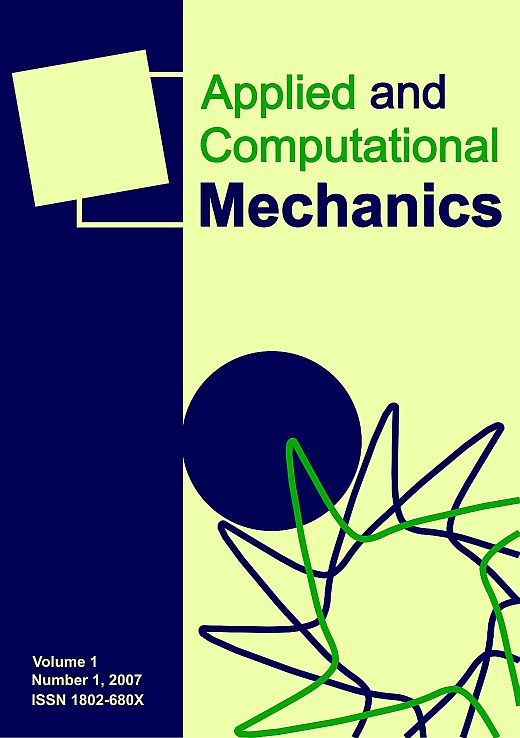Numerical simulations of aeroelastic instabilities in a turbine-blade cascade by a modified Van der Pol model at running excitation
DOI:
https://doi.org/10.24132/acm.2023.792Keywords:
flutter, blade cascade, self-excitation, Van der PolAbstract
The onset and spread of flutter in a turbine blade cascade are numerically studied. Due to the application of the reduced-cascade model consisting of simple elements (springs, rigid bodies, linear dampers) and aeroelastic forces introduced by the analytical Van der Pol model, it is useful to study the dangerous states of vibration of such complicated turbine parts. This study examines aeroelastic instabilities of a 10-blade cascade at running excitation that arise due to wakes flowing from the stator blades to the rotating blades. Unlike our previous work, it brings a new definition of the Van der Pol model of self-excitation that is controlled by relative inter-blade motion of neighbouring blades.Downloads
Published
30-Jun-2023
Issue
Section
Articles
License
Copyright (c) 2023 Applied and Computational Mechanics

This work is licensed under a Creative Commons Attribution 4.0 International License.
How to Cite
“Numerical simulations of aeroelastic instabilities in a turbine-blade cascade by a modified Van der Pol model at running excitation” (2023) Applied and Computational Mechanics, 17(1). doi:10.24132/acm.2023.792.







